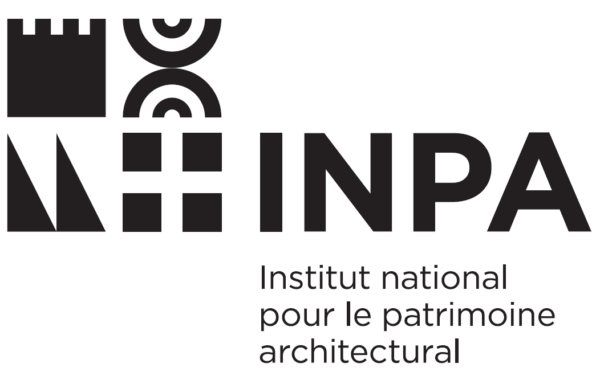 Credit: MCULT
Credit: MCULT
On Wednesday 9 March 2022, Luxembourg's Ministry of Culture announced name changes for the National Sites and Monuments Service and the National Centre dor Archaeological Research.
The National Sites and Monuments Service becomes the National Institute for Architectural Heritage (INPA)
By the law of 25 February 2022 relating to cultural heritage, which entered into force on 3 March 2022, the National Sites and Monuments Service, the state cultural institute in charge of safeguarding and enhancing the built heritage, has become the National Institute for Architectural Heritage (l'Institut national pour le patrimoine architectural – INPA).
Currently, INPA is the contracting authority for the State in 164 projects on 96 sites and supports more than 900 restorations undertaken by other owners. At the same time, this cultural institute draws up an inventory of the architectural heritage of the whole country, advises the municipalities on their protection procedures via the PAGs and manages the national protections which are now done by classification as cultural heritage.
One of the transitional provisions of the aforementioned law provides additional protection for buildings defined as constructions to be safeguarded by the municipalities' PAGs. Also, the owners of these buildings, whose number exceeds 17,000, must inform the Minister of Culture before making any changes. Prior to this official information, owners may seek the opinion of INPA.
The National Centre for Archaeological Research becomes the National Institute for Archaeological Research (INRA)
The law of 25 February 2022 relating to cultural heritage also modifies the status and name of the National Centre for Archaeological Research, which becomes a fully-fledged State cultural institute and is now called National Institute for Archaeological Research (l'Institut national de recherches archéologiques − INRA).
INRA is the cultural institute in charge of the inventory, scientific study, protection and enhancement of the national archaeological heritage. It organizes all forms of scientific research in archeology across the country, ranging from surveys, diagnostic surveys, preventive and planned excavations, to laboratory investigations and publications.
Among INRA's missions, in view of the increase in land development work, this new institute ensures the administrative examination of public or private construction projects having an impact on the subsoil. In recent years, nearly 2% of these facilities have been subject − before the construction phase − to preventive excavations, which corresponds to 40 archaeological operations out of more than 2,000 annual constructions.
Alongside these "preventive" steps put in place to avoid additional costs and delays, developers can also make advance requests to INRA to find out whether or not their land is located in an archaeologically sensitive area and be advised. on the procedures to follow and respect.
More information on the law of 25 February 2022 relating to cultural heritage on patrimoineculturel.lu.








